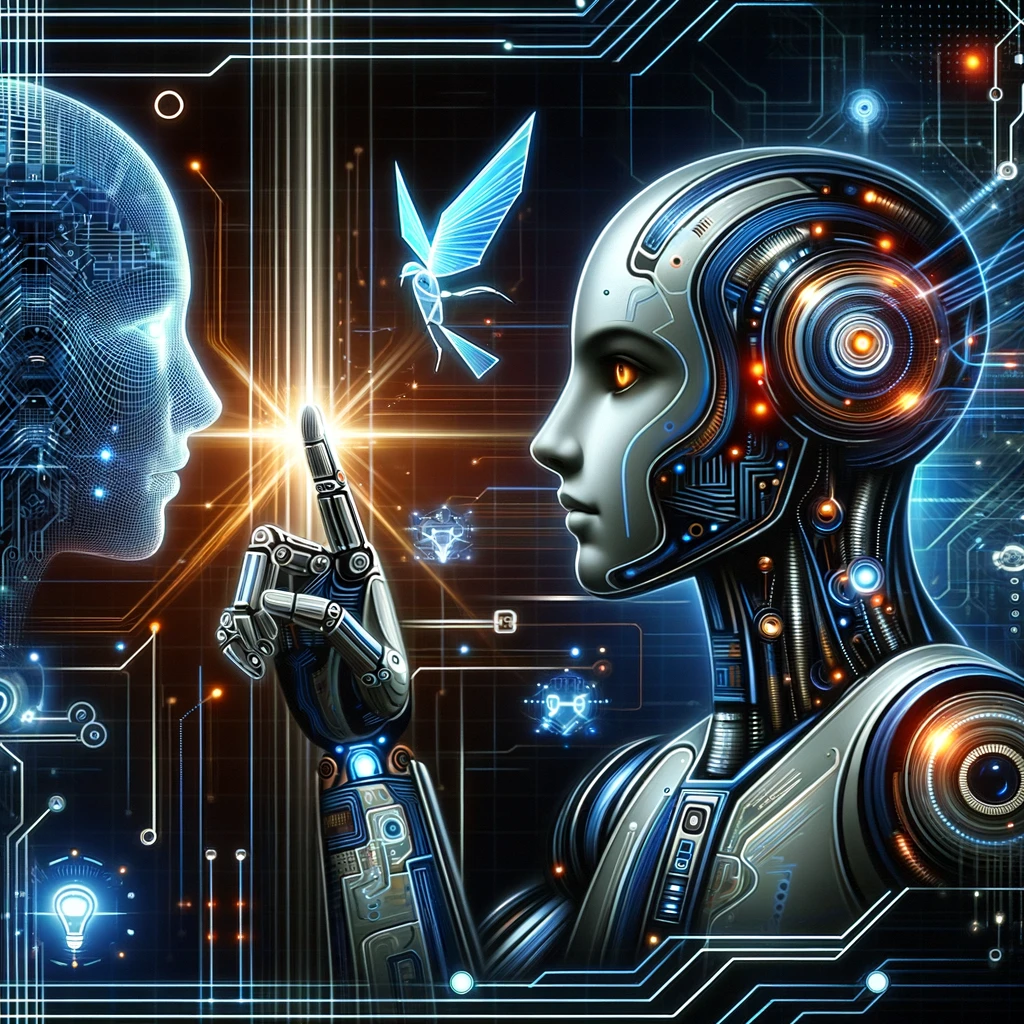
Machine learning, a branch of artificial intelligence, has evolved dramatically over the last few decades, transforming the way we interact with technology. At the forefront of this evolution is ChatGPT, a model developed by OpenAI, which exemplifies the integration of advanced machine learning techniques to create conversational agents that can engage with humans in a meaningful way.
Machine learning involves training algorithms to make predictions or decisions based on data, without being explicitly programmed to perform those tasks. This process starts with feeding large amounts of data into a model, allowing it to learn and identify patterns. As the model encounters new data, it adjusts its parameters to minimize errors in prediction, enhancing its accuracy over time. These capabilities are leveraged in various applications, from recommending products to users on e-commerce sites to enabling autonomous vehicles to make split-second decisions.
ChatGPT stands out as a significant achievement in natural language processing (NLP), a domain of machine learning that deals with the interaction between computers and humans using natural language. The technology behind ChatGPT is based on the Transformer architecture, introduced in a paper titled “Attention is All You Need” in 2017. This architecture diverges from previous sequence-based models by using mechanisms called attention and self-attention, which dynamically weigh the importance of different words in a sentence or a sequence, enabling the model to generate more contextually relevant responses.
One of the key strengths of ChatGPT is its ability to generate human-like text. It is trained on a diverse range of internet text sources to produce responses that can mimic human conversational patterns. This makes it highly versatile, capable of performing tasks ranging from answering questions to writing essays, composing poetry, and even programming. Its training process involves adjusting internal parameters based on the probabilities of word sequences, refining its output to make it as coherent and contextually appropriate as possible.
The training method used is called supervised learning, where the model is provided with example inputs and outputs, learning to map the two. For ChatGPT, this means learning from a dataset containing pairs of prompts and responses. The model’s effectiveness is further enhanced by reinforcement learning techniques, where it learns from user interactions to improve over time. This method allows ChatGPT to adapt its responses based on feedback and its environment, making it more robust in handling a variety of conversational topics.
The implications of machine learning models like ChatGPT are profound. They offer significant advances in how information is accessed and consumed, providing a more interactive and accessible way for people to engage with technology. However, these advancements also come with challenges. The accuracy of the responses from ChatGPT depends heavily on the data it was trained on, which can sometimes include biases. Additionally, the model’s responses can be unpredictable when faced with ambiguous queries or those outside of its training data range.
Moreover, there are concerns about privacy and security, as conversational models can potentially be used to disseminate misinformation or exploit user data. Hence, ongoing research and development are crucial to address these issues, ensuring that models like ChatGPT are used responsibly and ethically.
In conclusion, machine learning and models like ChatGPT represent a significant leap forward in our ability to interact with machines. They reflect the incredible potential of AI to not only mimic human-like interactions but also enhance them, offering tools that could redefine our approach to education, customer service, entertainment, and more. As these technologies continue to evolve, they promise to unlock even greater capabilities and applications, potentially transforming numerous aspects of human life.
Visual representation of ChatGPT, showcasing an abstract concept of the conversational AI interacting with a human. The design features futuristic and digital elements.